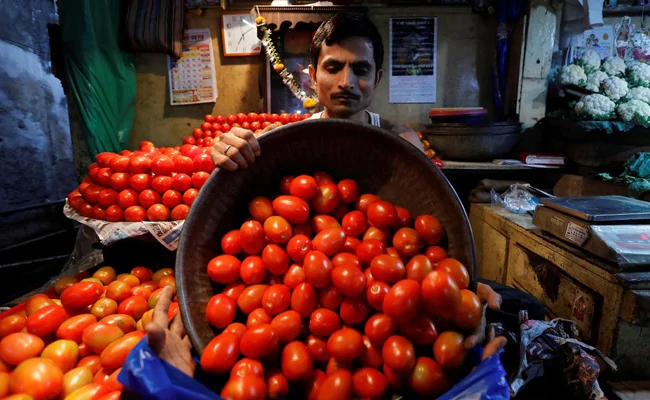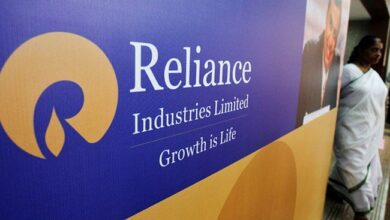Government Releases Inflation Data; Retail Inflation Rises 5.03% In February

Retail Inflation: The Reserve Bank tracks consumer inflation for formulating its monetary policy
Retail inflation rose 5.03 per cent in February 2021, owing to higher food and fuel prices, government data showed on Friday. This was higher than a recent poll conducted by news agency Reuters, which estimated that the retail inflation climbed 4.83 per cent in February from January’s 4.06 per cent. The food inflation — or inflation in the prices of food items last month rose from 1.96 per cent in January to 3.87 per cent in February. The Reuters poll was conducted between March 5-9 with over 50 economists. (Also Read: India’s Retail Inflation Probably Rose In February: Poll )
The retail inflation rising 5.03 per cent in February is within the Reserve Bank of India’s comfort zone of two per cent – six per cent, for the third straight month. According to data released by the National Statistical Office (NSO), the inflation in ‘fuel and light’ category remained elevated at 3.53 per cent during the month, compared to 3.87 per cent in January.
The minutes of the Reserve Bank of India (RBI) Monetary Policy Committee’s February meeting showed that the members raised concerns about the upside risks to inflation, but the bank kept its repo rate at a record low 4.0 per cent, saying it would ensure ample liquidity.
Meanwhile, the central bank had projected the retail inflation at 5.2 per cent for the fourth quarter of the current fiscal, in its monetary policy announcement last month. The Monetary Policy Committee led by the RBI Governor Shaktikanta Das, expected the gross domestic product (GDP) growth to be at 10.5 per cent in the next fiscal year, lower than the projections by Economic Survey 2021 and International Monetary Fund.
The Reserve Bank of India (RBI) tracks the retail inflation – or the rate of increase in consumer prices as determined by the Consumer Price Index (CPI). Separate government data showed that factory output contracted by 1.6 per cent in January. (Also Read: Industrial Production Contracts 1.6% In January: All You Need To Know )
In the third quarter of the current financial year, the economy snapped from recession and returned to growth, after two successive quarters of contraction. The gross domestic product in the October-December quarter grew by 0.4 per cent, which is an improvement from the de-growth of 23.9 per cent and 7.5 per cent in the previous two quarters of the fiscal. The gains were mostly driven by growth in sectors such as agriculture, manufacturing, electricity, gas, construction and financial, real estate. (Also Read: Agriculture, Industrial Sectors Accelerate As India Posts 0.4% Growth In December Quarter )
“The rising global crude prices will continue to add inflationary risks going ahead and CPI will remain elevated. Currently, CPI is within RBI’s target range but at the April meeting, the central bank will have to tackle with increasing inflation and rising bond yields, as cascading impact may slow India’s growth,” said Rahul Gupta, Head of Research- Currency, Emkay Global Financial Services.
Source link


